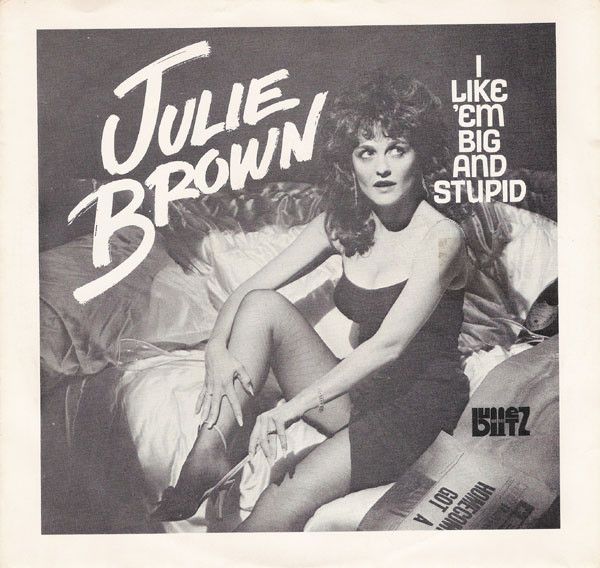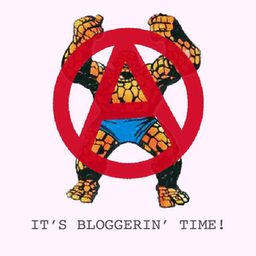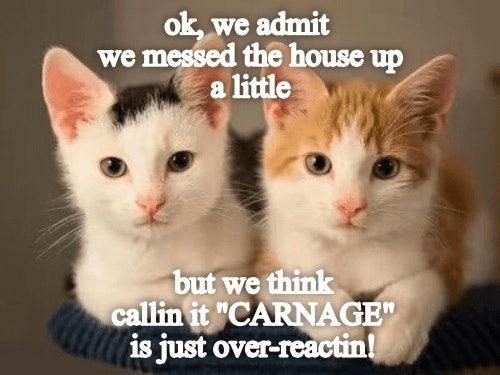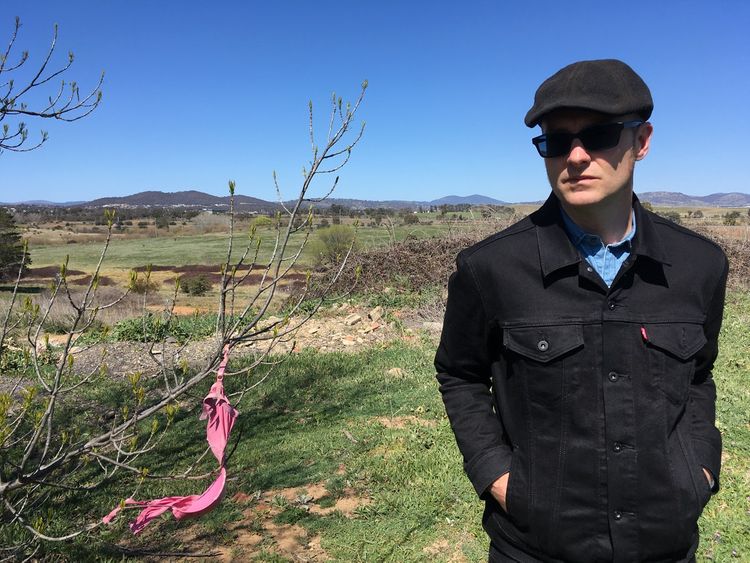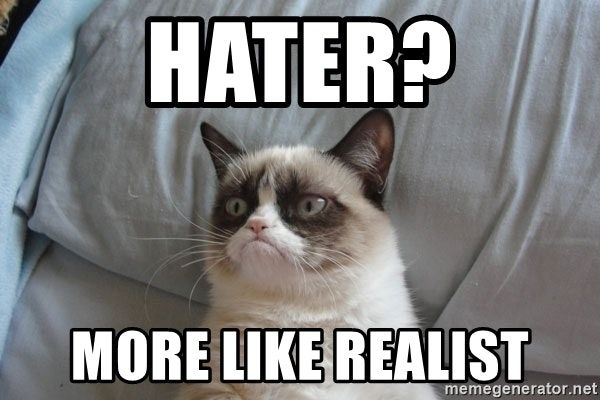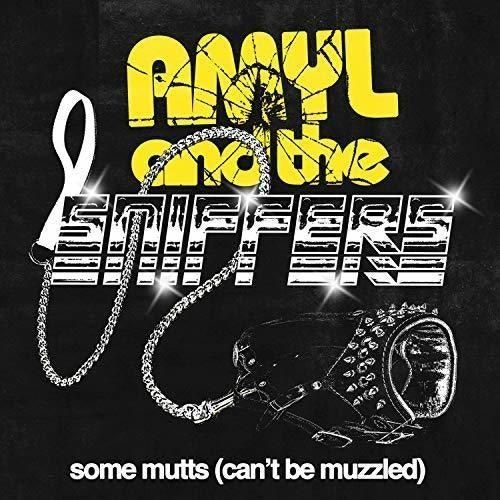Notes On The Yob Rock Revival
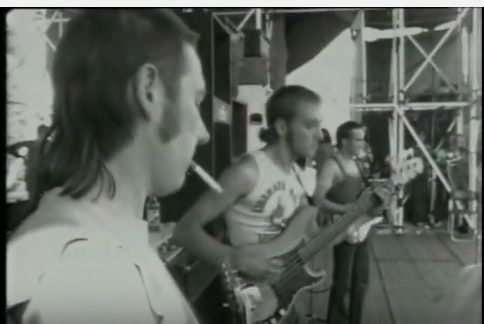
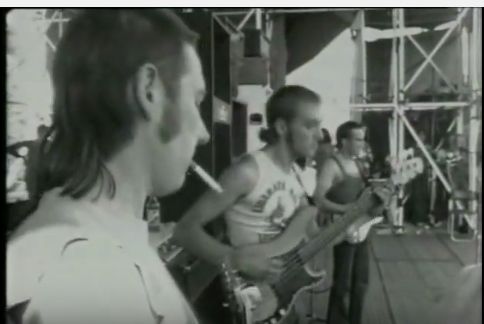
“Is dumb rock ‘n’ roll better than smart rock ‘n’ roll?” is, like everything my brain focuses on when it ought to be learning Spanish or how to drive a car, a question as difficult as it is pointless. The question’s pointlessness is self evident and its difficulty lies in the varying and individual definitions of “smart,” “dumb,” and “rock and roll.” To me, “smart” rock (The Decemberists, Sparks, Arcade Fire) is often literate and complicated (or “original” if you’re a smart rock advocate) while rarely giving me the information that I need. “Dumb” rock (AC/DC, Ramones) seems to exist in a world where literature starts and stops with Mad Magazine and Action Comics, but lines like “riff raff/it’s good for a laugh” tell me more about the world than any George Saunders essay I’ve rolled my eyes through ever could. Conversely, the reader has probably suffered through enough smarty-pants-populist Chuck Klosterman essays to recoil at another exploration of Up Is Down Actually. Don’t worry. I like Sparks more than I like the Ramones and I’m not going to do that to you. I’m just going to tell you about some knuckle-dragging lizard brain guitar rock that I like and hope you like too. I almost called it “lizard brain sex rock” but then I started to wonder if anyone under thirty, who doesn’t collect records and jean jackets, even fucks to rock and roll anymore. I hope not! Seems like it would be like procreating with Forrest Gump playing in the background. But that’s an exploration for literally anyone else. I just want to, while acknowledging that talkin’ ain’t sexy, talk about the yob rock revival. Like Julie Brown sang, “I Like ‘em Big and Stupid” and Julie Brown is smart as hell.
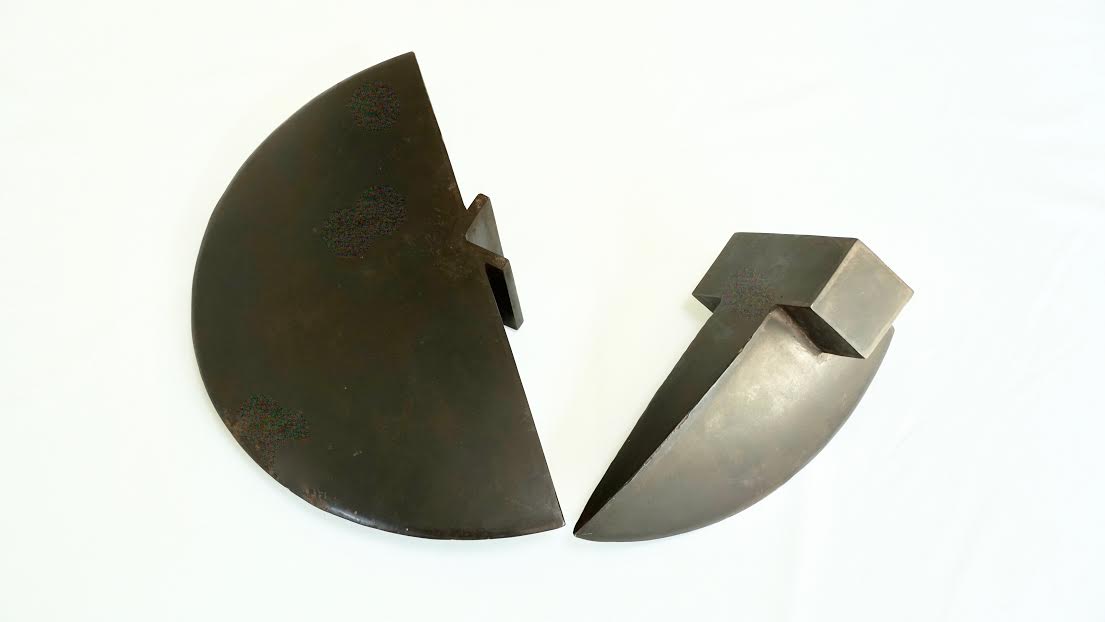
(2 GEESE AND A 7, OR TALKIN’ AIN’T SEXY. Sculpture by Joe Weaton)
Before we get to the “revival” part, let’s define “yob rock”? It’s admittedly a rarely used term. I feared/hoped that I’d made it up (I didn’t). Online, it’s only been used to refer to Cosmic Psychos (more about them soon) but, for our purposes, we’re using at as an umbrella term for the currently popular (relatively speaking) styles that mix laddish glam and hard rock and punk and Oi and and and… OK, let’s just say “punk/pre-punk/punk-adjacent bands that sound like they have at least one AC/DC and/or Slade patch on the denim jacket of at least one member (even if their band existed before AC/DC and/or Slade)” and not worry about it too much as worrying is for… all the other kinds of music. So we’re talking kids of varying degrees of youth in mullets or shaved heads playing simple- bordering on primitive- riffs, gang vocals in the hard glam style, with a boogie that lends itself more to fighting/glue sniffing than actual dancing. As in most discussions of this nature, Yob Rock’s boundaries exist mainly to be argued about. That, after all, is the pleasure of sub-sub-genres; watching squares online call an Evanescence cover band in bindis “goth” or some generic pretty boys “punk” who, if they existed in 1989, would be opening for They Eat Their Own at Slope Day, and feeling the righteously pedantic heat rise to your scalp. No sweeter hate-reward exists on this earth. So please forgive the loosey-goosey-ness of the definition. Like Amyl & The Sniffers (more on them soon) say, “some mutts can’t be muzzled.”
As documented on the 2015 compilation When Sharpies Ruled, the precursors of the sound and style were bands like Coloured Balls, Buster Brown, and Rose Tattoo. The early ‘70s “Oz sharpie scene” combined aggressively catchy boogie rock with the R&B fandom of the mods with the aesthetic of UK skinheads (divorced from its Jamaican roots and noticeably absent the reverence for ska…). Outside of Coloured Balls, who put out a few albums of wonderful and essential proto-punk hard rock in ‘73/’74, most of the music of the time/scene is what you’d expect from post-hippy back-to-basics white guitar rock; it’s fun enough but hardly necessary unless you’re hard up for a slightly tougher Savoy Brown (you aren’t). But the style template the sharpies set, tight pants with boots and braces and hairdos designed to bum out both the cops and hippies, would be maintained by every tuff glam hooligan that came after.
Well, haha, OK. Not every tuff glam hooligan. AC/DC (mainly Ronald Belford Scott, Angus Mckinnon Young, Malcolm Mitchell Young and Phillip Hugh Norman Witschke Rudzevecuis. With Brian Johnson’s screech replacing Bon Scott’s bark after the latter’s ascension to the inevitable Top) never looked like anyone but themselves. 1/4th schoolboy short pants and 3/4ths dirtbag uncle as high art. Like their sound, Rothko slabs of color with a backbeat that makes Helmet sound fey, their look made it look way too easy. It’s debatable whether AC/DC or hardcore did more to make dudes feel like they could just wear a loose hoodie on stage but whereas all the casual- Friday rock jocks end up looking like easy marks for duplicitous pot street dealers, AC/DC never looked anything less than offhandedly magnificent.
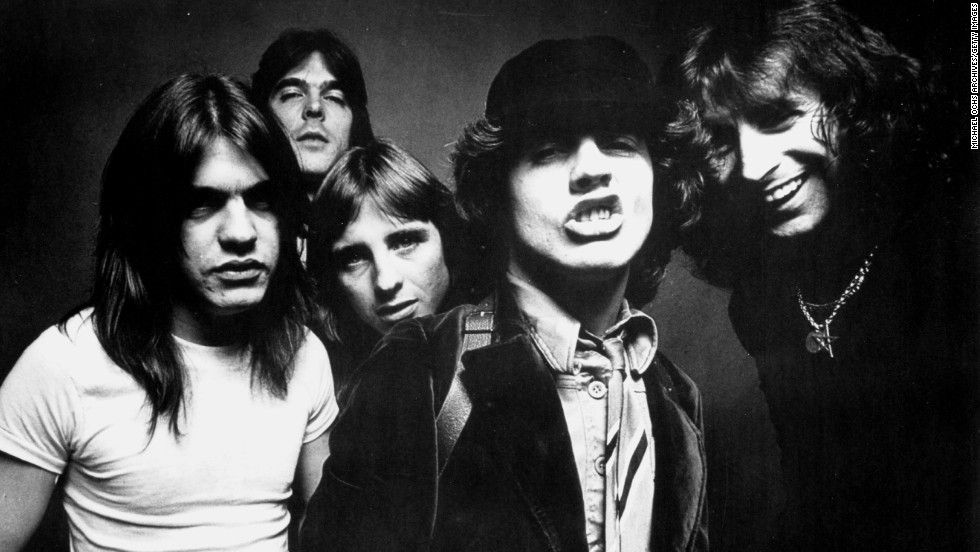
I was late to AC/DC. I preferred punk and made the mistake early on of grouping AC/DC with the corporate misogyny merchants that I thought punk was free of. (haha, me). But, even being a lil’ snob, when Back In Black was played on the school bus I knew I dug the heft of its sound more than I did, say, Warrant. Also, the smokers at the back of said bus, while occasionally picking on me for liking “noise” like Mudhoney, bullied me way less than the jocks and were the only kids who would invite punks and nerds to party pre-Nirvana. (From what I hear, the opioid epidemic was not kind to many of the school bus AC/DC kids. Shout out Cindy Bump and Matt and Josh Goddard. Hope you all made it through.)
Even though I came late to the party (not seriously getting into them till my early twenties when I moved to NYC and everyone was wearing cowboy hats and listening to Honky Toast and Nashville Pussy… a different essay.), AC/DC is almost the archetypical gateway band for countless musicians. With riffs as accessible as pizza and a view of sex and sexuality that’s easy enough for any adolescent with the slightest bit of double-entendre comprehension to parse, AC/DC are the ideal baby’s first rock and rolla band. It’s an easy jump from them to thrash and any or all pummeling metal. If the guitars on Powerage are your steeze, it’s an easy jump to Archers of Loaf. A cataloging of AC/DC’s progeny, admitted and non, would fill a library. But it is in yob rock that the Young Brothers’ delirious adherence to the most utilitarian line from 0 to 60 and Scott/Johnson’s anthemic way of delivering their choruses, imbued with the totemic power of nursery rhymes, that AC/DC’s influence is given its purest expression.
To be clear, I’m less interested in pastiche than throughlines. Cosmic Psychos, at first glance, don’t share much in common with AC/DC beyond the accent and shared passion for the grimiest of prosaics. Melbourne’s bruisers, who are best known in America for their ‘90s catalog on Sub Pop and the noise label Amphetamine Reptile, aren’t generally considered a hard rock band at all. With the bluntest of deliveries and a repetition that borders on psychedelic, Cosmic Psychos outsider status is more within the punk and, if only in context, noise rock. Their peers are bands like The Cows and Lubricated Goat. I guess the term “pigfuck” is used in regards to Cosmic Psychos but, with everyone from Birthday Party to Big Black under its umbrella, you’d be hard pressed to find a musical genre with more arbitrarily applied aesthtics than “pigfuck.” Fun to say tho.
While sharing a maniacal aversion to pretension, narcotically simple choruses, an almost regimented blue collar sensibility, and sporting a day drinking look that’s harder to pull off than it seems, it may be more accurate to consider Cosmic Psychos as equal partners to AC/DC in birthing yob rock to the world. Certainly the Psychos were a path from AC/DC’s fealty to rawk that many punks found embarrassing to weirdo art rock couched in enough dumb machismo that insecure misanthropes of the Steve Albini school could grok while pretending to be better than AC/DC and indie rock fans both. This ain’t Cosmic Psychos fault. They have songs for days. (Probably the only band that compares in the little competed in field of “mid-tempo working class meat+potatoes+scabrous guitar” of the time is UK’s The Godfathers.) Also, there’s a line in Cosmic Psychos wikipedia page about their “yobbo” humor (“Yob is slang in the United Kingdom for a loutish, uncultured person. In Australia and New Zealand, the word yobbo is more frequently used, with a similar although slightly less negative meaning”).
Or I can throw the whole thesis out the window and give due consideration to the yob rock’s other demi-gods; SLADE, Rose Tattoo, pub rock in general. Without the boyz club chanting of Slade we wouldn’t have Oi! or hardcore, the youthful subculture’s most yob rock musicians came from. Without pub rock, none of these musicians would have record collections. Without Rose Tattoo, none of these bands would have a racist uncle that they have to weigh the merits of bringing up at all. (OK yeah, the Australian hard rock band Rose Tattoo probably had as much influence on contemporary yob bands as AC/DC. Maybe more. But, besides two amazing songs, their catalog is hella patchy, they never wrote a single song that could touch “What’s Next To The Moon” let alone “Back In Black,” and singer Angry Anderson is a racist prick so, you know, OH WELL.)
Cosmic Psychos were pretty singular during their “heyday” (the few brief years that they’d get small mentions in SPIN). After Nirvanamania gave way to pop-punk, the market for grunting noise rock largely disappeared. The closest American equivalent to the Psychos, New York City’s noise southern rockists, Surgery, broke up in 1994 after the death of their singer. By the late ‘90s, the “underground” rock scene had ceded its interest in flagrantly working class, hard rock derived heavy music (not to mention white dreads) to the mass culture and nu metal. There were some, largely empty-headed heavy garage, bands like The Helicopters and Nashville Pussy and Glucifer (!), but those bands, while fun enough at the time, were mainly concerned with lifting Turbonegro’s schtick and never shutting up about the MC5 (and Detroit in general). And if anyone was sporting a mullet, one couldn’t see it for all the cowboy and trucker hats.
I don’t doubt that there were at least a couple popular-ish yob rock bands in the aughts, but I can’t think of any. Maybe the Kaiser Chiefs? Their first two albums were great but they were arguably a bit too clever and a bit too interested in being the next Oasis. Or a wry commentary on Oasis fans. Either way, their American fan base was made up of mainly monied English immigrants nostalgic for Cool Britannia and a smattering of Misshapes coat check girls. Yob rock doesn’t work without an audience at least affecting working class solidarity.
But under the surface, seen only (as is so often the case) by the readership of Maximum Rock ‘n’ Roll, the yob rock revival was burbling. In Australia, bands like Eddy Current Suppression Ring (and later Total Control) brought into popularity a hard edged garage rock with plainspoken, heavily accented, and discontent-laden vocals. Simultaneously, Rome, Italy’s Slade recreationists Guida were filling clubs with a mix of punks, garage rockers, and skinheads in tracksuits. Alan McNaughton, MRR columnist and singer for Neutrals, pointed out to me that the groundwork for the entire revival was (convingly) arguably laid by the leftist “comedy Oi! Band” Hard Skin. Debuting with 1996’s Hard Nuts and Hard Cunts, the band’s amiably threatening brand of bubblegum (in the good way) skinhead pop justifiably grew in (relative) popularity steadily through the aughts. As Alan says, Hard Skin “are responsible for the Oi revival in punk, or at least for making it OK for PC types to think it’s OK to listen to.” Punk, in an obviously micro sense, is as seasonal in its fashion as any other culture. There was the d-beat revival. There was the death rock revival. It was only a matter of time that the much maligned genre of Oi should have its day. After all, there’s only so many historical epochs for punk purists to return to. Seeing as the line between Oi and anthemic hard rock of the Slade/Rose Tattoo variety is thinner than the cross that skinheads so often find themselves crucified upon, the kids rediscovering gang vocals divorced from the now mainstream trappings of hardcore was inevitable. In 2017, with The Chats’ “Smoko,” the yob revival even got achieved what all genres need; a novelty song, distilling all a genre’s virtues and flaws, that most the other musicians in the scene hate, that sells more than all the other bands combined.
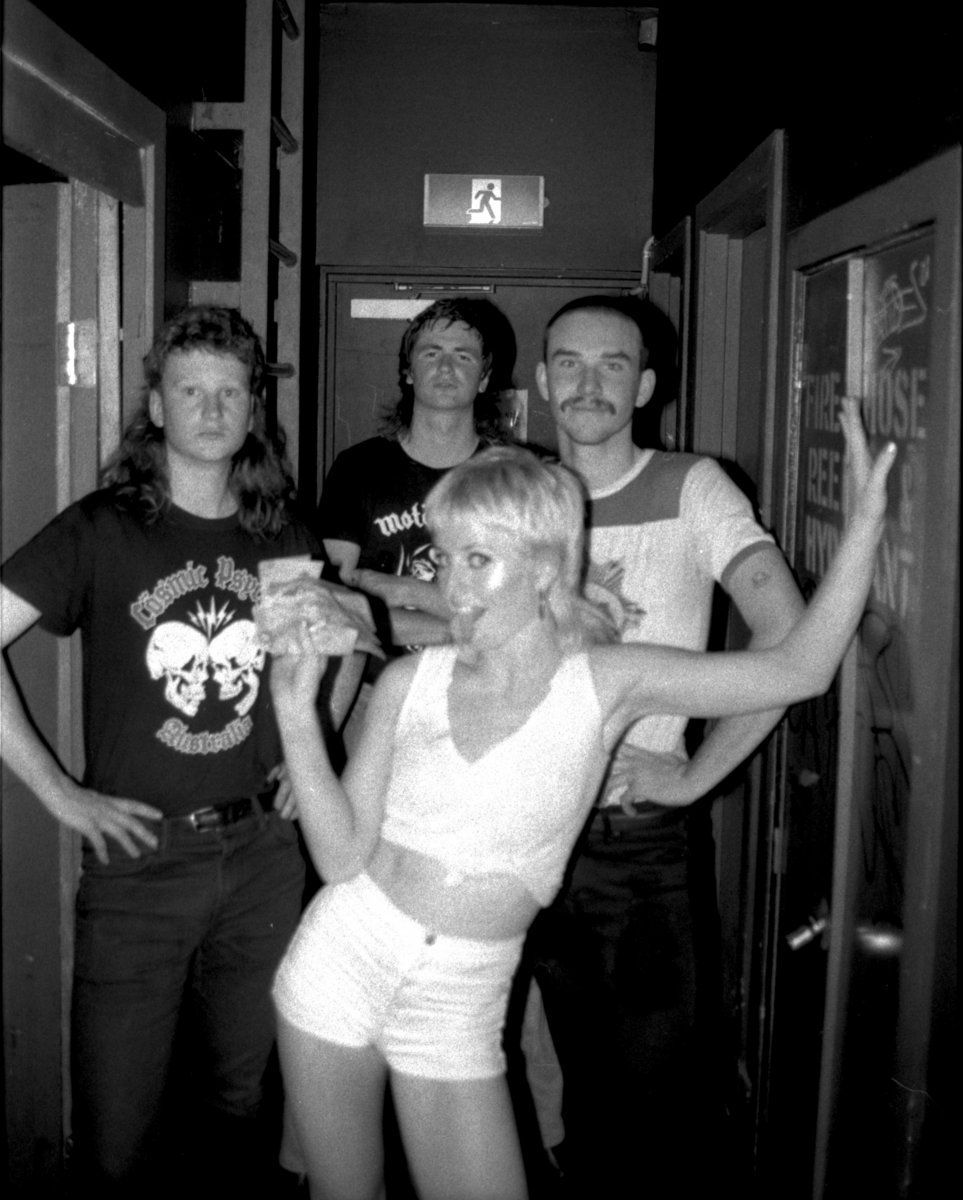
As shown in the Los Angeles hardcore scene of the early ‘80s, and repeated in ever shrinking microcosms from New York City’s Nuke York scene to the entire career of Iceage, even the most anti-music punks eventually discover cocaine and choruses. So it’s no surprise that many of the last five (or so) years’ yob rock bands have drawn from members of much noisier and chaotic concerns. Maximum R&B-ers and inexplicable P4K skinhead poster boys, Chubby and The Gang, came out of the occasionally tuneful but largely uncompromising La Vida Es Un Mus/Static Shock UK scene while Australia’s amazing Power (who maybe wouldn’t consider themselves part of the revival as they’ve been around a bit longer and also sound more like Hawkwind but whatever they can do their own newsletter) has members of the decidedly unboogie feedback hobgoblins Kromosom.
Some of the bands, like personal faves No Class, are just straight up skinhead bands that happen to just lift liberally from the late Malcolm Young’s tablature. The riff to that band’s “Cops Are Coming” (off the best album of 2018’s Painted In a Corner) is basically “Riff Raff” played with an admirable indifference to copyright law and it is glorious. What makes No Class not an Oi band, despite the football chant choruses, is the Oz sharpie indebted reverence for Chuck Berry and the boogified interpretations thereof first played in Australia half a century ago.
Besides Chubby & The Gang (and sharing their penchant for dumb/smart profundity wrapped in kicks on speed music) probably the best known band of the yob rock revival is Amyl and The Sniffers. It was actually their signing to the indie label ATO (in America. Rough Trade internationally) which hipped me to the idea that punk infused pub rock and roll was maybe becoming of interest to more than just problem drinkers who break out in rage hives at the word “vinyls.”. Well, actually I was like, “huh. This won’t fly. Guess ATO needs a tax write-off.” Then Amyl & The Sniffers put out one of the best albums of 2019, got a shit ton of well deserved press, and sold out venues like Market Hotel with an audience heavy on Actual Young People. This proved, yet again, that I have no idea what people like. But it was nice to be wrong about the prospects of music I love for once. Up with the simplest art that pretends to be just escape but gives what is essential. Viva Yob Rock Revival!
OK. Once again, I’ve written way too much. Sorry. You don’t need me to describe these other examples. You have a listen button on your phone. Thank you to Ted Leo, Kirk “Oi Detective” Podell, Allan McNaughton, Dan Trombly, and Fred Pessaro for helpful suggestions of bands. Thank you for reading! Please share and subscribe and buy all these albums!
